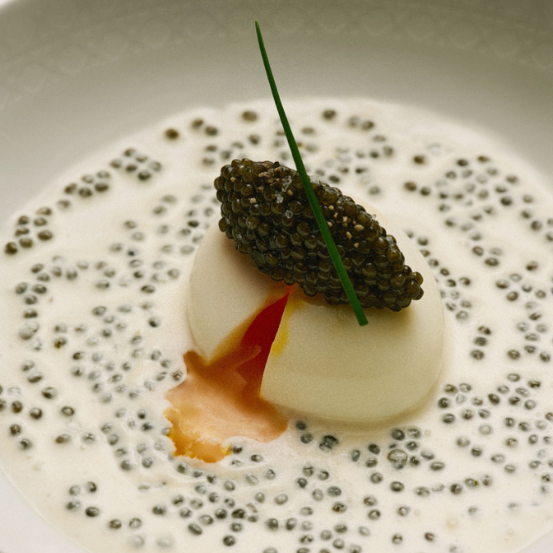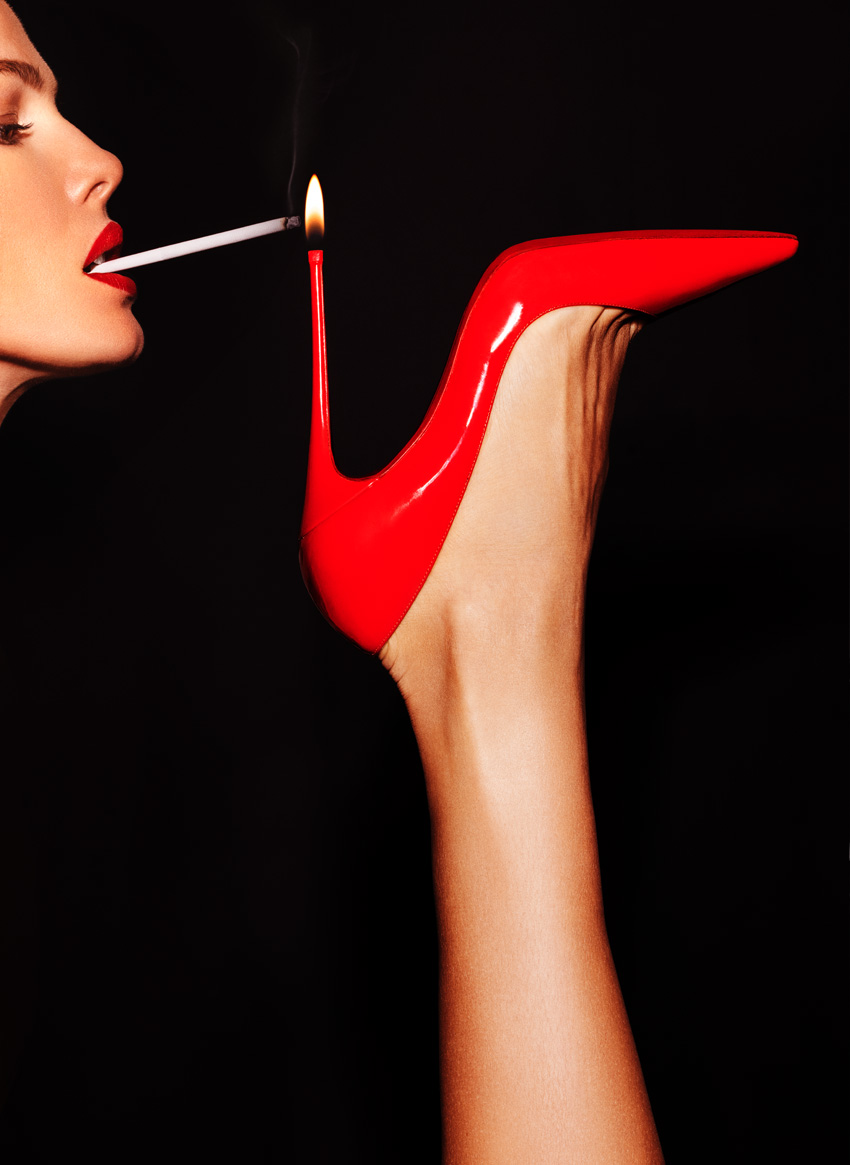With an insightful view of contemporary society, Tony Kelly’s photographs serve as a reflection on the toxic relationship between human beings and luxury, in a combination of vibrant colours and whimsical compositions.
It’s in a playful game between humour and beauty that Tony Kelly builds his imagined worlds. In what he describes as a very natural process, the Irish-born photographer - who is currently based between Los Angeles and Miami - reveals that he has been interested in the eighth art since his earliest memories: “I feel photography got more into me than I got into it. There's memories of me as a child with cameras in my hand and I feel I was more attracted to the camera than the picture itself. It was as if the camera was a very powerful accessory”. Today, it is through this medium that Kelly provides a witty and humorous social commentary on the human relationship with material goods.
Throughout your work there's a strong correlation with pop culture iconography. How do you describe your personal relationship with these icons and why do you feel the need to portray them?
I think for me, when I portray iconic luxury items, I'm making a parody of the human relationship with these objects. Personally, I'm not driven by fancy bags or watches, so I think there's a sort of a twist of humour. It's like an idiosyncrasy, I will say, I make a parody of the human relationship and its obsession with much coveted items of luxury. By nature, I'm a voyeur of human behaviour and I find it is really interesting to study that when it comes to luxury items. I'm not celebrating these goods, I'm more portraying how ridiculous they are in some cases and the very unbalanced relationship that humans have with these items. Generally people who are successful and can afford an $80,000, crocodile skin bag or snakeskin bag, almost disempower themselves by wearing such objects. In that sense, I'm really interested in the human and society's obsession with luxury goods and how people feel that they elevate themselves by showcasing these pieces of extravagance.
How do you feel about art and irony going hand in hand? How do they bounce off each other, especially in your artworks?
The irony works as a form of humour and as an Irish person, humour is so important. We communicate with humour, we buy and sell with humour and growing up in Ireland, the wealthy person was the funny person. It wasn't the person with money, it was the funny person. And I've spent the last 15 years in America, where that's not the case. Here, comedy is celebrated as an art form and money is the God here. It's all about money, which is not the society I grew up with. So it's easy for me to be a tourist and to observe this society from the outside.
Having grown up in Roman Catholic Ireland but now being based in Los Angeles, how do you perceive these substantially different cultures and how do they influence your visual references?
Well, I grew up in Roman Catholic Ireland and I embrace it. I'm very proud to be a Catholic and to have grown up in Roman Ireland, and the principles that we are taught as you go through life are valuable and important, especially growing up and working in America. When you are grounded by those principles, I think you have an advantage over people because you're not caught up by materialism, money or fame. There's an innate sense of keeping your feet on the ground and remaining true to who you are, to your values and where you come from. So whether that's Catholicism or whether that's Irish society, I've always maintained and remain very connected to the core values and principles I grew up with. I think that gives me the ability to be able to create a parody and put the humour in my work. To be able to take things as I see them, not as others wish to see them. Still, there is a great deal of reverence in my work towards fame and celebrities and luxury. I prefer to photograph a Ferrari when it's crashed because to me that is beauty, there's a story, there's a twist, there's a contrast. A few years ago, I did a story for Plastic Magazine, which was about destructed luxury and it gave me great joy. We were smiling on the set, not in a malicious way, just enjoying the other side of luxury and of beauty, with a twist.
While looking through your work I can’t help but feel this sense of despair and artifice, we can really begin to grasp the lengths that people will go to to achieve a certain lifestyle. Is that a reflex of your personal experience having been a part of this industry?
To be really true, I've never been part of this industry, I've always been an outsider. In fact, ten years ago, brands, magazines and people hired me when they wanted my style to illustrate a particular point. I was never hired to shoot celebrities or fashion models and that was never what I was really interested in. I regard myself as kind of like a helicopter hovering overhead and cloaking different elements that I then use to kind of cook up my pictures. But I've always been an outsider and I'm very happy to be so. It is a testament to what you can achieve by sticking to your vision and staying true to your path. As opposed to my early days, now magazines come to me and ask if they can use my pictures to illustrate their pieces. I'm grateful for that and I appreciate that, because it's a testament to the hard work and dedication I've given to my work, my art.
Your work touches upon this “idea of deconstructed luxury and the modern obsession with possession, a hyper-coloured celebration of consumption at its finest”. Being that sort of outsider, as you’ve mentioned, in what way do you feel like your art shines a light on these issues and provides an honest outlook on this glossy culture and living?
I guess there's two sides to my art. I celebrate luxury moments and I also create parodies of luxury and its lifestyle. One of the things when you fund your own artistic projects yourself, is that you're not tied to any commercial or political restraints. I'm an independent artist and the people who fund my work are the people who hang it on their collections and on their walls, which gives me complete freedom, autonomy and ability to create the art and social commentary that I want.
Was there a significant moment in your life that sparked this need to portray themes related to Hollywood culture and consumerism behaviours?
I think it probably started very early on, there has always been a rebellious side to me and I very much do my thing. In my early days when I transitioned from newspapers to fashion magazines, I could create the narrative and the concept because I came from photojournalism. However, the stylists used to get so angry at me because I would not showcase the clothes. I wanted the story to come first and I always said the clothes should be like decorations on a Christmas tree, the tree being the story and the concept. So, there are elements I use to tell a story, but the narrative is the most important thing. Which is the story of life, human interactions and relationships. Another huge element in my work is the dynamic between men and women and the power women hold over men. That's a very prominent subject, the women being eternally powerful, they win, always. That then ties in the luxury elements because - why do men buy such elements? They buy them for women. If they buy them for themselves, it's to attract women and I'm very interested in how the luxury industry is absolutely powered, funded, and created by the desire between man and woman, particularly men for women. That is the catalyst behind it all. Without the desire a man has to be appreciated and acknowledged by a woman, he's not driving a Ferrari, he's not wearing a Rolex watch. It's an amazing study of human behaviour and the dynamic between man and woman. Women, in my pictures and in life, always remain the victor in any escapade with men.
How do the vibrant colours in your artworks play a part in conveying a message and meaning?
Growing up in Ireland, my beloved Ireland, the weather was heavy and grey. I think from the time I was a kid, I always dressed in vibrant colours. I love colour, so that's just a natural love I have. Throughout my life, I’d go to Spain on holidays and with the blue skies and the palm trees, there was something that clicked and drew me in. Now I live in Miami and I feel very much at home because I speak Spanish and I lived in Spain for seven years, I guess I was destined to end up in a Latin community. Moreover, my grandmother's family originally came from Italy to Ireland, so I guess there's an influence there in the blood. Therefore, to me, the colours represent the vibrance in life, a lifestyle, a place, an escape, a fantasia and I think colours bring such joy to me. People ask how I make my work so colourful and the answer is so simple. I photograph colourful people doing colourful things in colourful places dressed in colour. There is no trick or enhancement, it's using colour. Another absolute key and rule is that I only shoot when the sun is shining. In the same way you don't go to the beach when it's raining, I don’t take pictures when it's raining. I'm not interested in shady, cloudy, moody, I want vibrancy and impact.
The themes throughout your photographs can seem somewhat critical, is there a silver lining?
When you create a very colourful and vibrant palette and environment, I think that then leaves you with more room to paint with parody and irony without it ever being sad. I'm blessed and grateful that I'm a happy person in life. We all have our days, of course, but I'm a happy person. So the underlying tone is fun. One of the most important things in life is to enjoy and to have fun. When I do exhibitions and I see people looking at the images smiling, that puts an even bigger smile on my face.
Do you feel like this glossy culture is changing in any way? Perhaps becoming even more prominent with the ever rising influence of the internet.
Again, because I'm kind of an outsider, I've created my own world and I've created my own audience, that I'm generally not affected by trends. I develop my own trends and people enjoy that. So popular culture showbiz is very separate from what I do. There's some commentary, but I kind of created the Tony Kelly world that lives in its own kind of universe. I think regardless of what's happening in popular culture and entertainment, people want to enjoy when they look at something, they want to savour that moment and that's something I absolutely provide.
You’ve been referred to as the modern-day Helmut Newton. How do you respond to such a compliment? And how do you feel about that comparison?
I don't know who said it, but I mean, Helmut was a great influence in my work. I had the pleasure to meet his wife and have dinner at his house in Monaco. He had passed away years before, but to have been invited over for dinner was one of the greatest honours. He’s a huge influence on my early work and especially on this irreverence to be able to look at luxury through a tongue in cheek perspective. He was the master of it, the greatest fashion photographer and provocateur. Newton had this irreverence to the world that he worked in and he was always able to see the lighter side and that's what I do. So apart from the artistic inspiration, there was the inspiration of being able to see the lighter side of a subject, a movement, a world or a place. And that's what he specialised in that clicked and connected with me, especially with my Irish background.
Is there some iconic piece that you’d love to photograph but you have not yet managed?
I'm looking for a private jet where I can place two people on the wing being served afternoon tea by a tuxedo dressed handsome waiter with the snow covered alpine sparkling proudly in the background. We're planning it. We're looking for the jet, which we will find, but if I see that picture out there before I take it, I'll know somebody read it here and copied it. Good for them.
Do you think that in the future your own work will be considered and revered as iconic?
I've been told my work is iconic. I've been told my work is many things. I let people decide what their view and their take on my work is. That's one of the great joys of it, that people see it in many different ways. My goal is to create a body of work that people enjoy, and that's what I do every single day. It’s hung in walls, shown in museums and art, photography and fashion students reference it and are inspired by them. So if I can inspire people both artistically and also personally, in terms of work ethic and in realising that hard work beats talent every day, on a personal level, that gives me great joy.
I guess it's one of those situations that only time will tell how it'll play out.
Day by day. It's joyful to see young students and budding photographers who are out on their own trying to find their way referencing my work. They're the people I really try to help and try to inspire and that's what's really important to me. I remember when I was starting again, as a 27 year old wanting to be a fashion photographer - which did not necessarily happen as I ended up being a fine art photographer - it was always hard to find a mentor, somebody that is going to take you under their wing and train you. Alternatively, you are the person who does that but to have guidance and references along the way is so important.
Originally translated from The Icons Issue, published November 2024. Full credits and stories are in the print issue.
Most popular
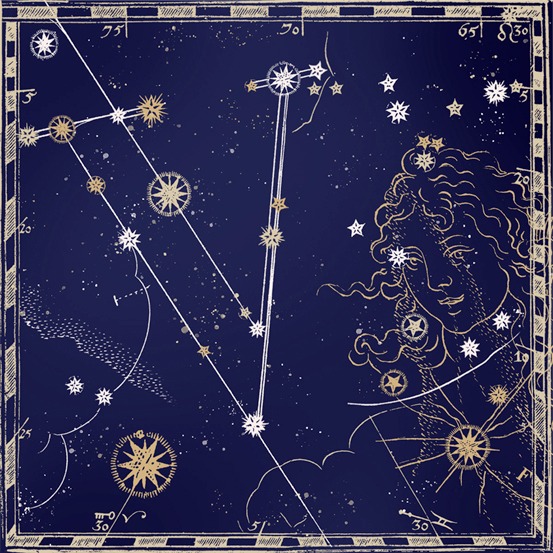

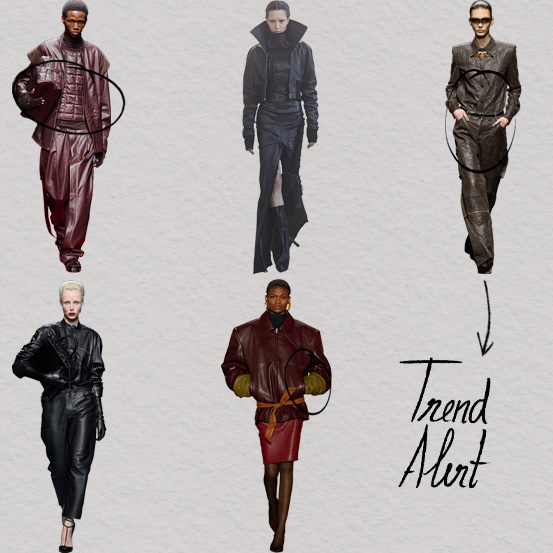
Relacionados
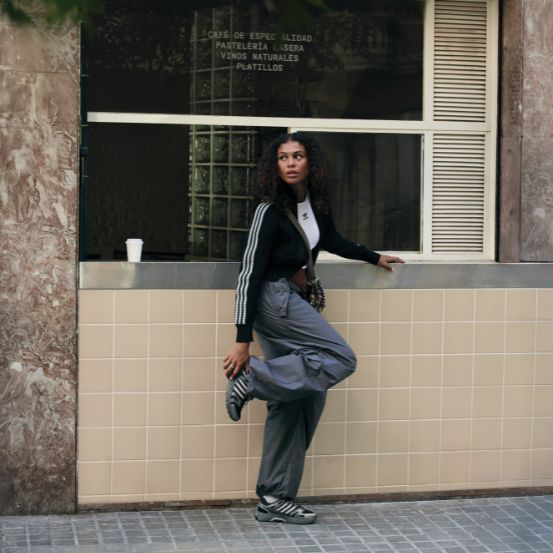
Adistar Control 5: um regresso ao passado da adidas Originals, com os olhos postos no futuro
10 Dec 2025
